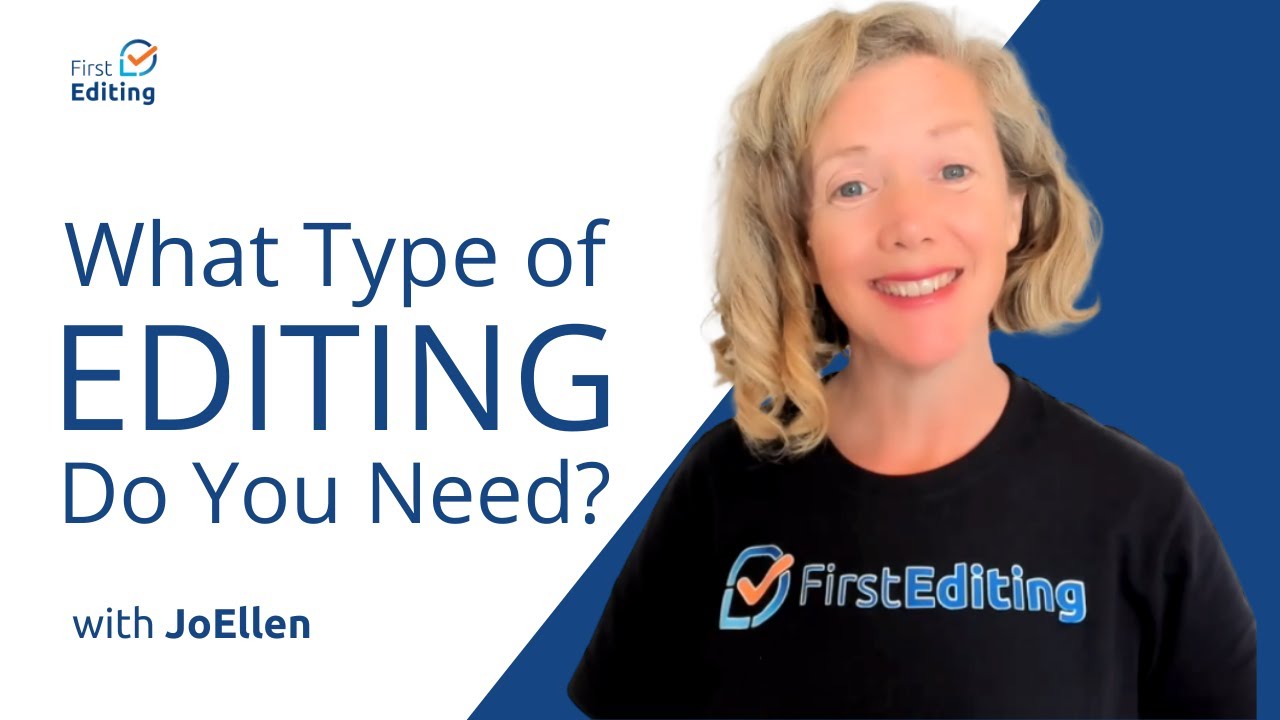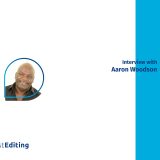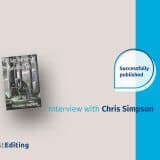
Consistency in writing is tantamount. It is important as a writer to establish and use rules for consistency in your writing projects.
Consistency is accepting a style guide appropriate for your type of writing. Such style guides comprise APA (American Psychological Association), MLA (Modern Language Association), or the Chicago Manual of Style. You may also adopt a style of your own and use it throughout your writing project.
Examples of consistency in writing include adopting:
-
- one font style and only a few font sizes (body font and title font)
- set margins, paragraph style, tabs, and bullets
- similar numbering, lettering, and grammar for lists and bullet points
- consistent pronouns
- standard terminology
- uniform spelling style (e.g., US versus UK)
- one style guide as reference
Readers struggle when faced with multiple fonts. This includes mixed uses of italics, bold, and underlined lettering.
Inconsistency is distracting. Many readers interpret the manuscript as disorganized and unclear. This makes it hard for them to “hear” your message.
Headings, titles, and bullets or numbered lists must also be consistent within your manuscript. All statements in these sections should be parallel. Present the information uniformly regarding the use of a verb tense or descriptive phrase.
As an example, the list above uses a noun in each statement. The list below uses an action verb.
What other steps should the writer include to ensure coherence and consistency?
- Use an appropriate verb tense throughout the project
- Incorporate one style for footnotes, citations, and references
- Develop spacing rules for sentences, paragraphs, and lines (single- versus double-spaced)
- Use one style throughout
- Include a ranked system for titles and headings (e.g., centered, flush left, capitalized, italic)
Consistency in Writing Rules
Being clear and consistent in your writing and editing professionalizes the project, whether it is a fiction or non-fiction manuscript.
Two good references for font readability include The Elements of Typographic Style by Robert Bringhurst and The Elements of Typographic Style Applied to the Web. Underlining, italicizing, and putting a hyperlink in blue for the book title is an example. Incorporate this style every time you include similar references.
The best way to ensure consistency is in the project’s editing. For example, outline most of the rules in the style manual you use. The primary task is to follow the guide.
If the writing style is unique, the professional editor will keep a log as they review the project. As a result, this will keep track of the different styles incorporated.
You can then apply the techniques again later on in the project. For example, note that if you italicize your first use of a book title. Use this similar style each time you use a book title in the manuscript.
Consistency in writing punctuation, numerals, and hyphenation
Identify how you will address the various syntax and details of your writing. Know the rules and self-edit throughout your manuscript. Use these rules for consistency so that your writing is coherent.
- Periods with quotation marks and parentheses
- Contractions and apostrophes
- Acronyms
- Commas
- Numbers, times, and dates
- Hyphenation
When does the period go inside or outside of the quotation marks?
In American English, we place the period within the quotation marks if it is the end of the sentence.
When does the period go inside or outside of the parentheses?
Place the period inside the parentheses when it is part of a complete and independent sentence. If the information in the parentheses is not an independent sentence, place the period outside of the parentheses.
When do I use periods with acronyms?
You may choose to use periods with acronyms or not. Regardless, you must use the same rule and formatting throughout your document and related writing projects.
When do I use a comma?
When writing a sentence, we use commas to separate clauses, phrases, ideas, appositives, numbers, dates, titles, addresses, quotations, and itemized words. We also use a comma when we address a person directly by name. It is important to use commas consistently for coherency.
Okanagan College created an excellent quick guide with practice on when to use a comma.
How do I write numbers?
When writing with numbers, consistency is very important. Decide which style guide you will follow to determine if you are writing the word or the numeric symbol. Follow a guide which best serves your writing and communication needs.
The Chicago Manual of Style requires you to write out all numbers from zero to one hundred for nontechnical writing.
The AP style of writing allows you to use numbers above 10 while writing out numbers one through nine.
Regardless of which style you follow, use the same rules throughout your manuscript and related documents.
How do I write times?
Here is a quick reference for general use. However, always match your chosen style guide and be consistent.
- When using lower case for time, use periods. You write 9 a.m. to specify the time.
- When using upper case for time, use just the capitalized acronym. You write 9 AM to specify the time.
- Always spell noon or midnight to avoid confusion.
- Do not show the time of day as ” 9 a.m. in the morning” because that is redundant.
Western Michigan University provides an excellent outline of their general rules for times in their online writing style guide for WMU. This is an example of how to set rules for consistency in your writing.
How do I write dates?
Again, choose your format based on your style guide which is determined by your writing’s purpose. Follow that rule. Depending upon where you live in the world will impact how your format dates.
In the month-day-year format, always include a comma after the day and year in a sentence. If you use abbreviated terms for the months, use the same rule throughout your writing.
How do I hyphenate words?
Hyphens are like commas and have a lot of rules to follow. It is important to take your time and learn punctuation. Remember, always use a professional line editor before sharing or distributing your manuscript.
Use a hyphen between the modifier and the word it is modifying when the modifier comes first.
Purdue University’s Online Writing Lab is a great reference for how to use a hyphen when you start your first round of self-editing.
Using rules creates consistency and coherence in your writing. It allows your readers to engage easily in your message without frustration or confusion. This also ensures that you make a great first impression that is professional and styled.
Style consistency is a characteristic of an excellent writer. Keep writing and studying. Quickly learn the Five Essential Tips for Writing so that you can excel as an author.










